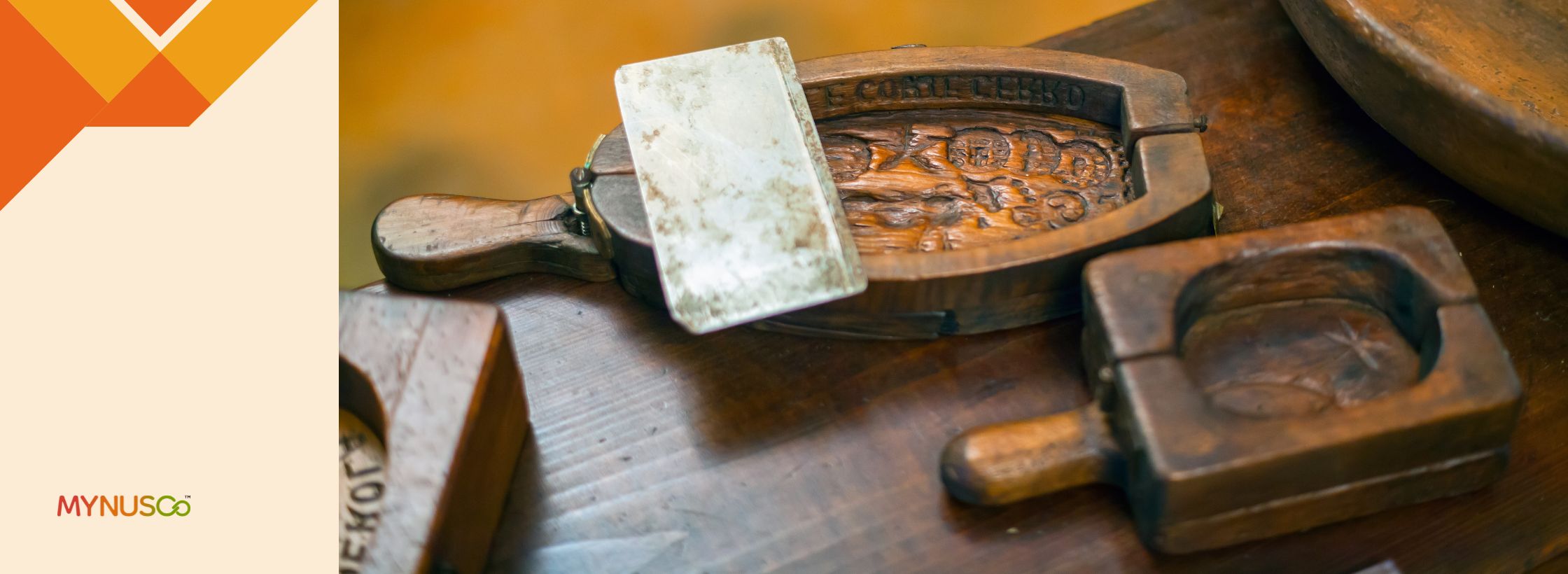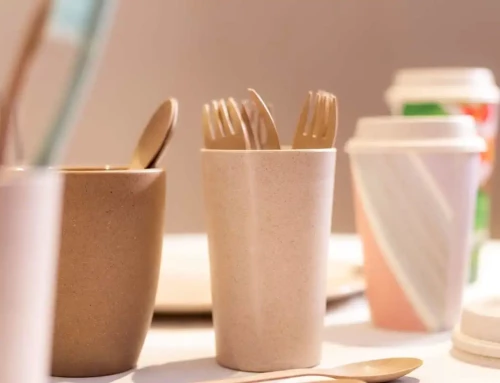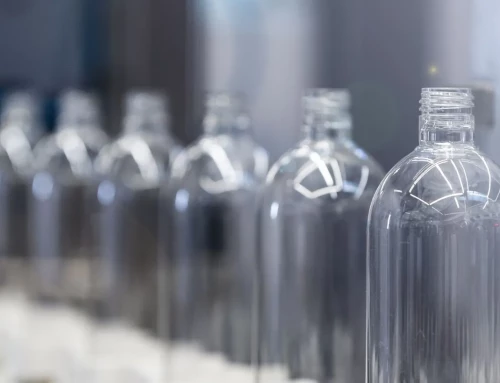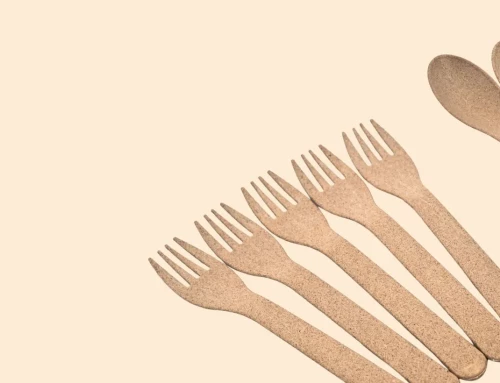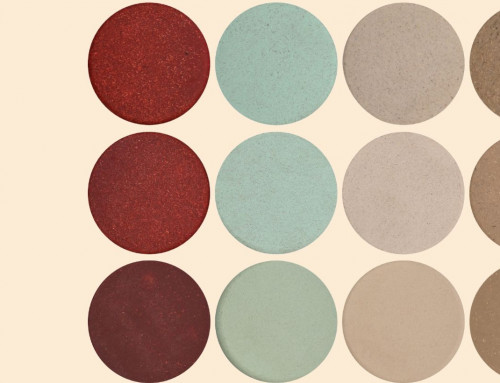Top three considerations while designing moulds for using biocomposites
Behavior of biocomposites while manufacturing products is very much similar to traditional plastics. As a result, the shift from plastics to biocomposites is reasonably seamless. However, there are some considerations, that mould designers should be aware of when choosing the material and design aspects of the mould. For manufacturers, understanding the effects of natural fibers, its size and ratio in the biocomposites, and their impact on tooling will help ensure a smooth project from start to finish.
Effect of ratio on the tooling
The ratio of natural fibers in the chosen formula of a biocomposite will have some effect on its behavior as it goes through the moulding process. The percentage of natural fibers present in the biocomposite will have an effect on the melt flow index (MFI).
As a rule, the more natural fibers that is added to the biocomposite, the lower the MFI. The design of runners, gates and the overall mould design should accommodate relatively lower MFI material.
Change is MFI is significant in high MFI applications such as injection moulding. Fow low MFI applications such as blow-moulding and profile extrusion, the change in MFI as a result of increase in fibers is not significant.
One of the most important considerations while designing the mould is to account for the material shrinkage. Higher the ratio of natural fibers, the lower will be the shrinkage value. This is a very crucial consideration, especially while making components in an assembly of product where fit and gap needs to be perfect.
The moisture content in biocomposites increases with increase in natural fibers. The vents provided in the mould to flush out the excessive air from the mould at the time of moulding should be more prominent when compared to traditional plastics.
Insufficient venting would result in brown marks (like rust-effect) on the surface of the finished product, or diesel effect causing undesirable black marks.
Higher moisture content with higher natural fiber ratio also means that the material used for developing the mould should be classified for higher corrosion resistance, with better stability for moisture. Chrom-plating of the mould is highly recommended.
Higher concentrations of natural fibers shorten machine cycle times by adding an element of thermal stability to the biocomposite as it cools in the mold. As a result of relatively higher HDT and lower moulding temperatures compared to plastics, conventional plastics require longer cooling time, compared to biocomposites.
There is a clear interdependence between the ratio of the natural fibers in biocomposites, product design and the mould design. It is best for the biocomposite material manufacturer, product designer and product manufacturer to discuss these aspects at the beginning of the project to avoid unpleasant surprises later during production.
Effect of type and source of natural fibers on the tooling
Natural fibers derived from sources such as bamboo, coir and pine needles are relatively harder and hence more abrasive compared to other fibers such as rice husk, wheat straw and coffee husk. It is important to understand that the extent of abrasiveness of natural fibers is much lower than other fillers such as talc, calcium carbonate and glass fiber.
The choice of natural fibers is often decided for its properties, aesthetics and in some cases the story that goes well with its final application. If the choice is to have harder fibers in the biocomposite, then the material used to make the moulds should have better resistance to abrasion. Also, the runners and gates of the mould needs to be rather larger to accommodate the relatively harder to flow natural fibers.
Effect of fiber size on the tooling
The size and profile of the gates and the runners need to be decided taking into account the size of the natural fibers that need to flow through them. They have to be designed so as to enable easier flow of the material and uniform distribution of the fibers in the finished product. If the gates are too narrow, the fiber distribution in the finished product may not be uniform, may show flow marks and can also cause incomplete part.
Making changes to an existing mould
If the product will be manufactured using existing moulds and tools, the gate size and general design of the molding should be taken into account while deciding on the size, source and ratio of natural fibers. A smaller fiber size, lower ratio and softer natural fiber will suite tooling with small gates, smaller product wall thickness and narrow extensions. If other factors have already led product designers to use larger natural fiber size, or higher ratios then it may be beneficial to modify the existing moulds accordingly.
In general, the tooling considerations when working with biocomposites are more or less the same as when working with traditional plastics. Even when changes are necessary, they can often be made as modifications to existing moulds in an incremental manner, rather than needed to develop new moulds from scratch.
